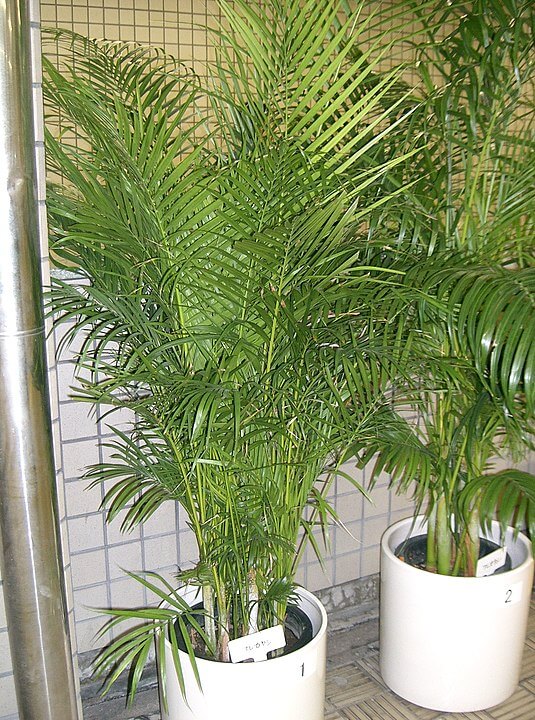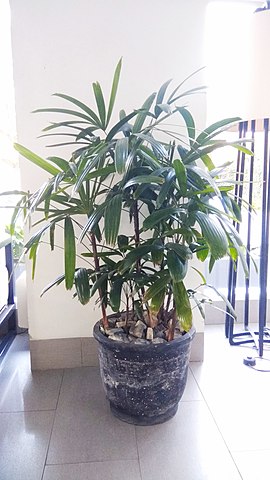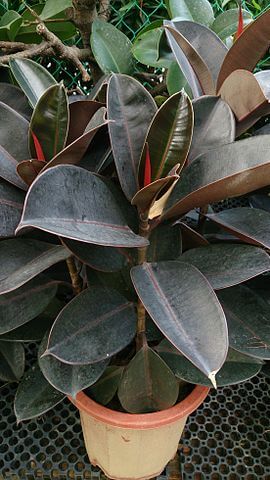The quality of the air in your home can be impacted by a number of things. Toxins can be introduced through construction materials, furniture, and other objects in the home. If you live on a busy street, the quality of the air can also be impacted by the traffic nearby. While it’s most likely the level of toxins is too low to have any impact on your health, the quality of air can impact your focus and productivity.
If you’re renting or if you’re a landlord, you can use an air-quality monitor to check the toxins in the home as well as their levels. While electric air filters can remove toxins from the air and improve air quality, house plants offer a passive way to remove toxins while also improving oxygen levels and aesthetics. Here are some of the most efficient plants for improving indoor air quality:
The Areca Palm

The Areca Palm is extremely effective at removing indoor toxins xylene and toluene from the air. It has the added benefit of being reasonably low maintenance. It does well with limited sunlight and little watering. The Areca Palm enjoys a humid climate so a bit of moisture in the air will help it thrive.
Bamboo Palm

One of the most common toxins that can be found in a home is formaldehyde which makes the bamboo palm a good choice when it comes to air filtering plants for the home. It is one of the most efficient when it comes to removing formaldehyde. It’s also effective at removing benzene concentrations from the air. The plant also gives off moisture which can help when it comes to growing other plants that requires a more humid environment. The Bamboo Palm is a low-maintenance plant that does well in low light while not requiring much watering.
Rubber Plant

The Rubber Plant is efficient at removing formaldehyde from the air and it has the added benefit of being able to grow in most temperatures. It can thrive between 60 and 75 degrees and requires moderate sunlight and watering. You can place this plant near a window, keep the soil moist and it’ll help filter the air in your home for a long time.
Dracaena

an Olympus C8080W digital camera., CC BY-SA 3.0,
https://commons.wikimedia.org/w/index.php?curid=1056446
The Dracaena is one of the most efficient plants at removing toxins in the air. It’s most effective when it comes to removing trichloroethylene. It can also remove 78% of benzene in a room within 24 hours. One benefit of the Dracaena is that it is a low-maintenance plant. It doesn’t require direct sunlight or much water. It only needs to be misted on the leaves and soil.
Peace Lily

3.0, https://commons.wikimedia.org/w/index.php?curid=7268669
The Peace Lily filters out a wide variety of toxins that can be found in the air in your home. IT removes alcohols, acetone, benzene, TCE, and formaldehyde. Peace Lilies are low-maintenance house plants and require very little watering. The soil should be kept lightly moist and the plant should be kept in bright, indirectly sunlit areas of your home.
